Vascular Disease Management

Vascular Disease Management speaks with Interventional Radiologist Nathan Fagan, MD, from Nationwide Children’s Hospital in Columbus, Ohio, about using the ARTIS icono in the interventional pediatric space.
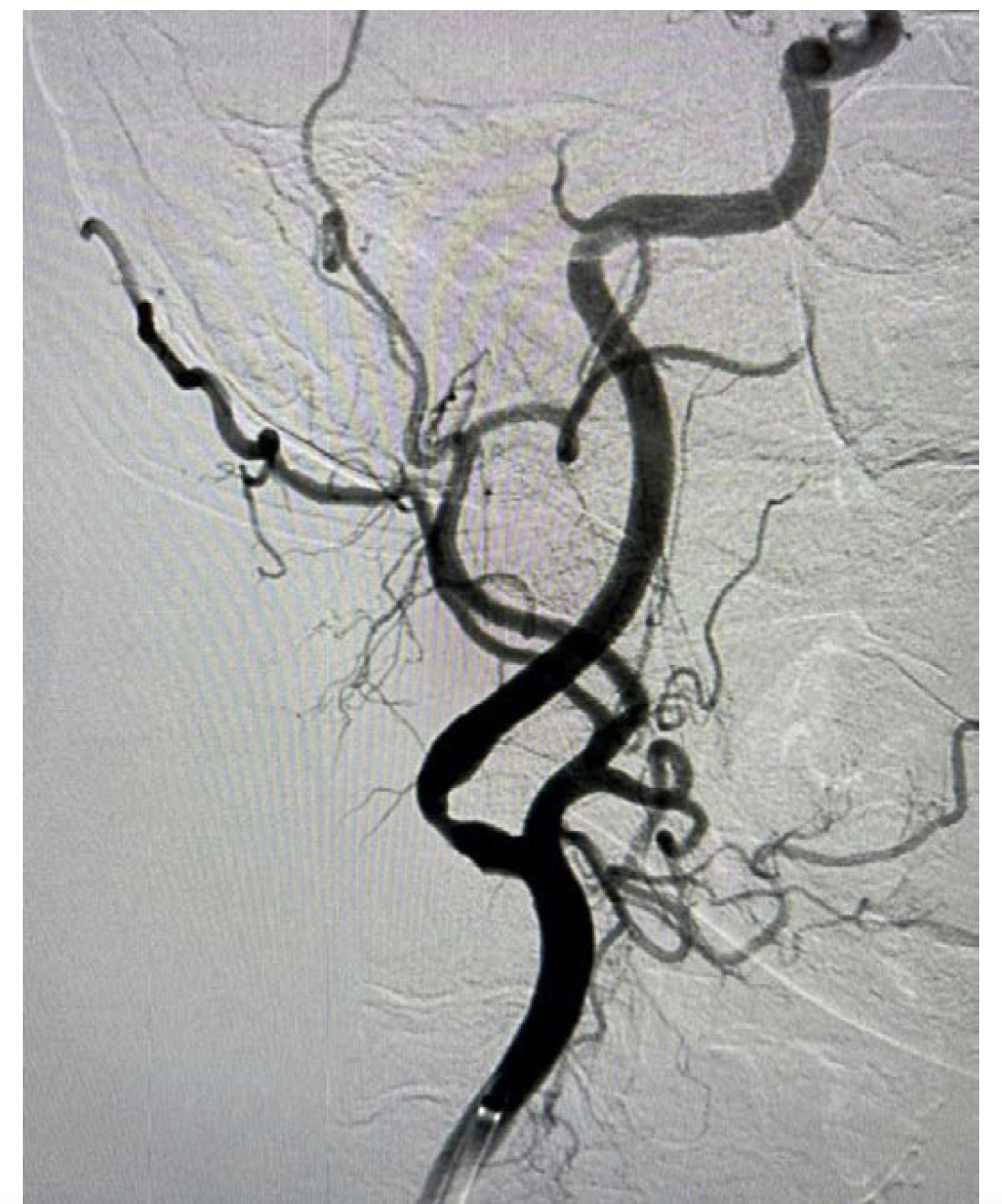
Case Study: This case illustrates the potential for complications when facing severely fibrotic lesions in carotid catheterization as well as potential options for future operators.
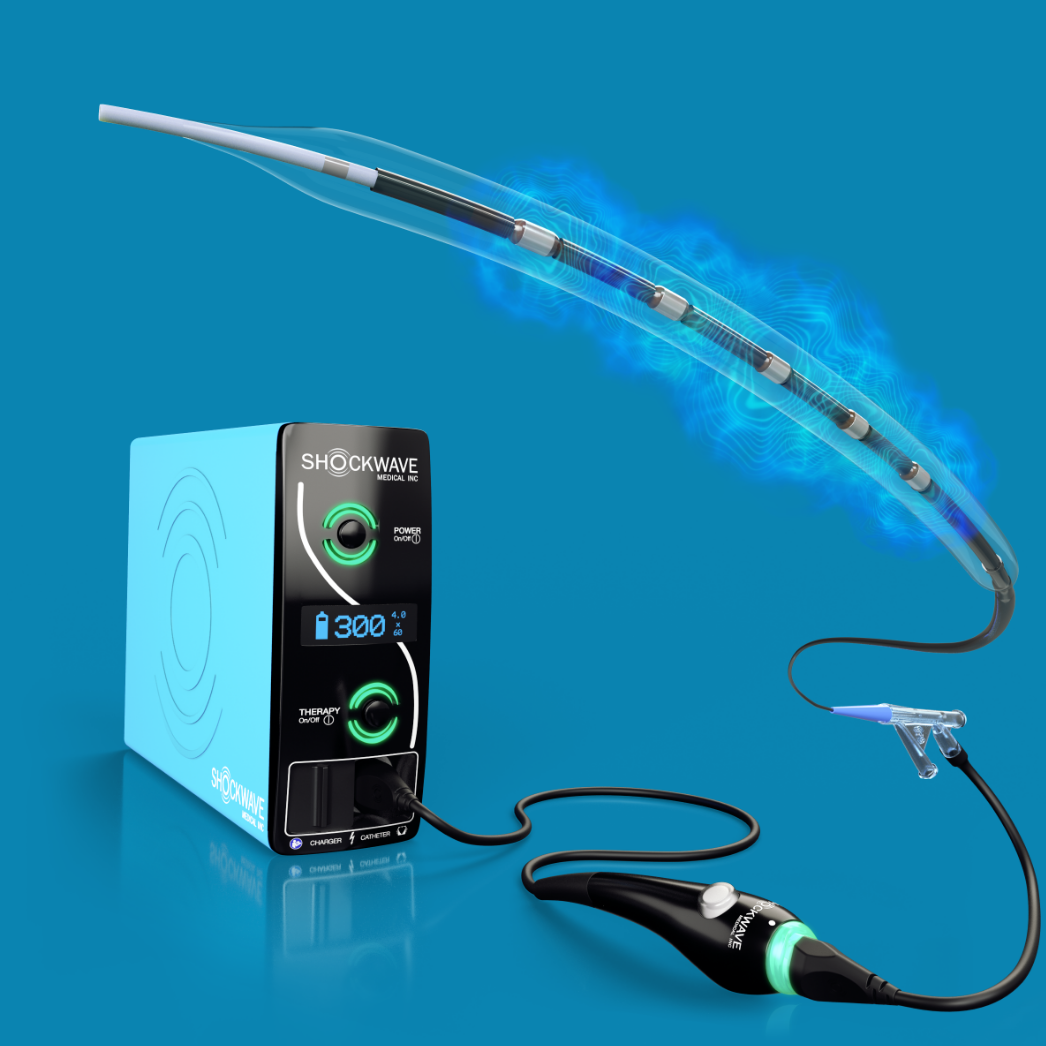
Vascular Disease Management speaks with vascular surgeon Halim Yammine, MD, from Sanger Heart and Vascular Institute in Charlotte, North Carolina, about treating calcified PAD with the Shockwave M5+intravascular lithotripsy (IVL) catheter. Dr. Yammine’s case report follows the interview.

Every type of access has advantages as well as disadvantages. Understanding where problems arise with each site of access is paramount in avoiding complications. The “Thirteen Steps to Avoid Radial Artery Access Complications in Peripheral Interventions” is meant to serve as a practical guide for those who are incorporating radial artery access into their practice.
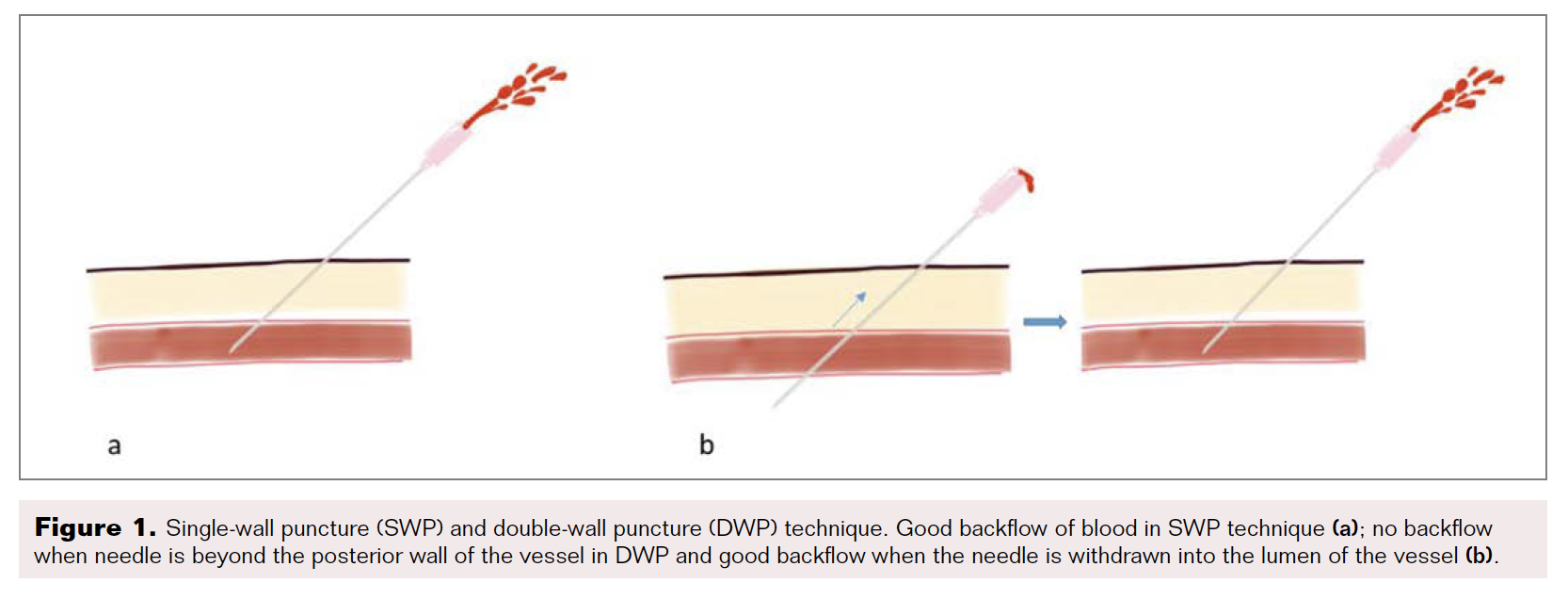
This article debates whether or not Dr. Sven-Ivar Seldinger’s 1953 article,“Catheter Replacement of the Needle in Percutaneous Arteriography”, published in Acta Raliologica, describes a single-wall or double-wall arterial puncture in obtaining arterial access.
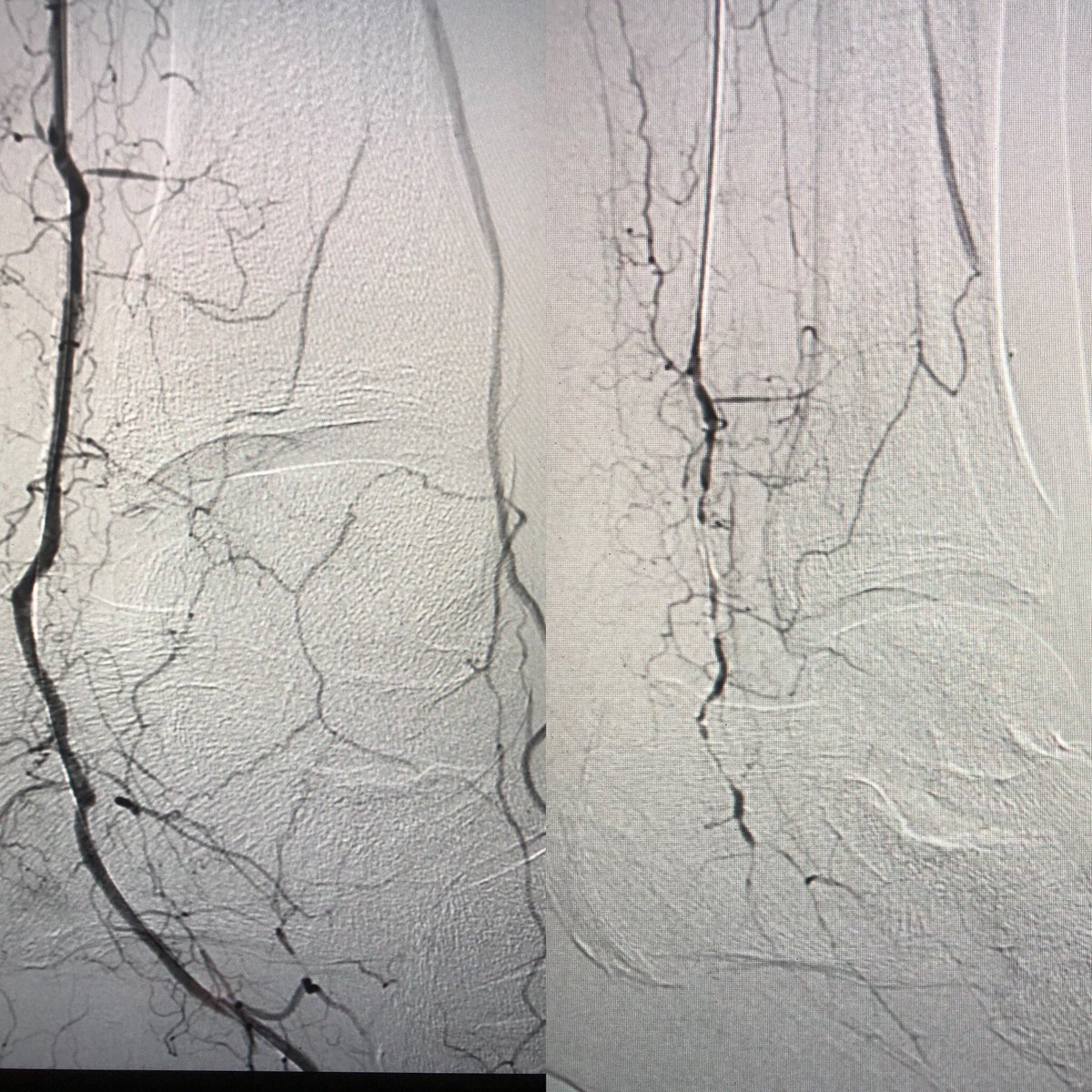
This study aimed to evaluate the efficacy and safety of transradial (TR) access (MáLEI: Minimal Arterial Access Lower Extremity Intervention) compared with transfemoral (TF) access in patients with peripheral arterial disease (PAD).
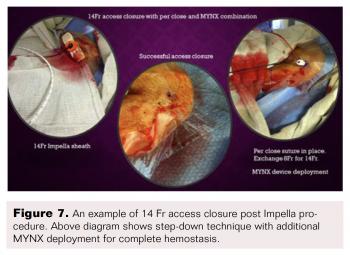
As the advancements of catheter-based technology continue to evolve, the use of large bore access is growing to accommodate different procedures. In doing so, it cannot go unspoken that the operator must recognize the burden of postprocedural vascular access closure complications and their burden on the hospital, the patient, and the cost of care.
Stay Up-To-Date on jobs and industry news.
Sign up for the CathLab.com newsletter today!
By submitting this form, you are consenting to receive marketing emails from: . You can revoke your consent to receive emails at any time by using the SafeUnsubscribe® link, found at the bottom of every email. Emails are serviced by Constant Contact

